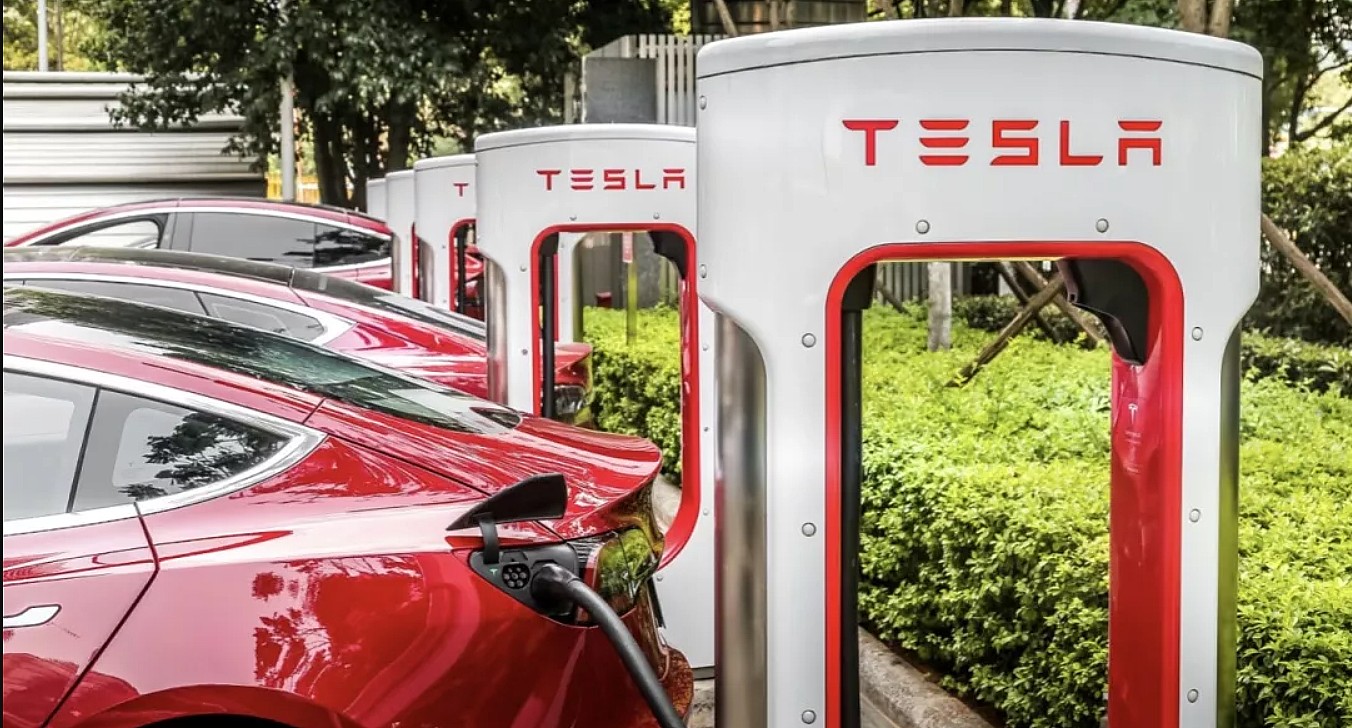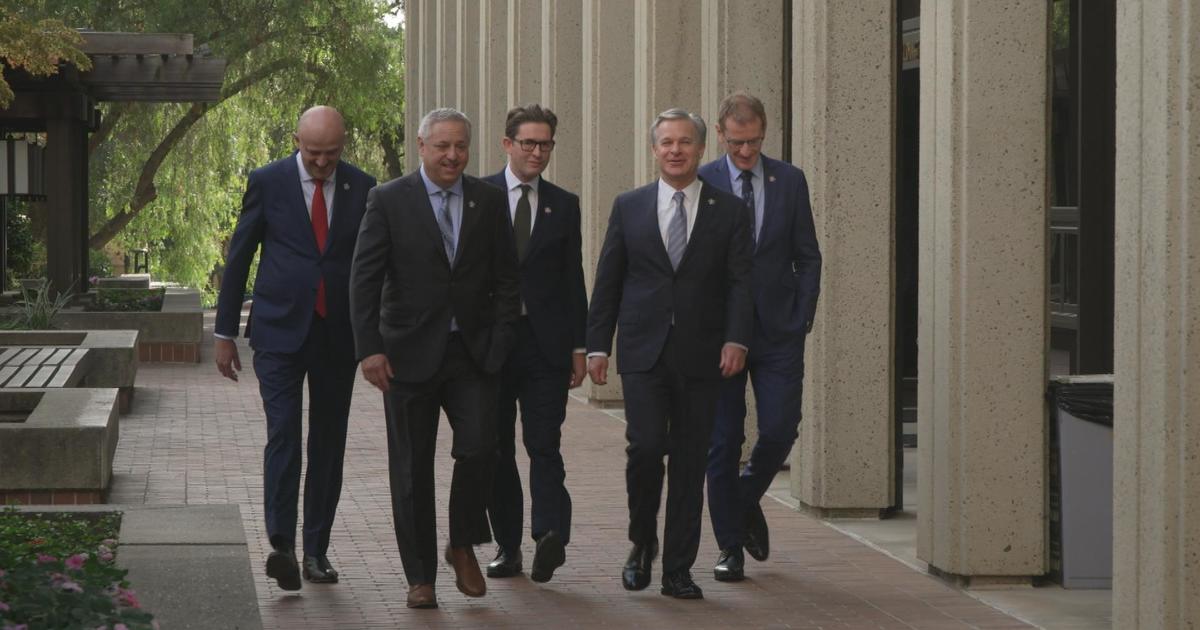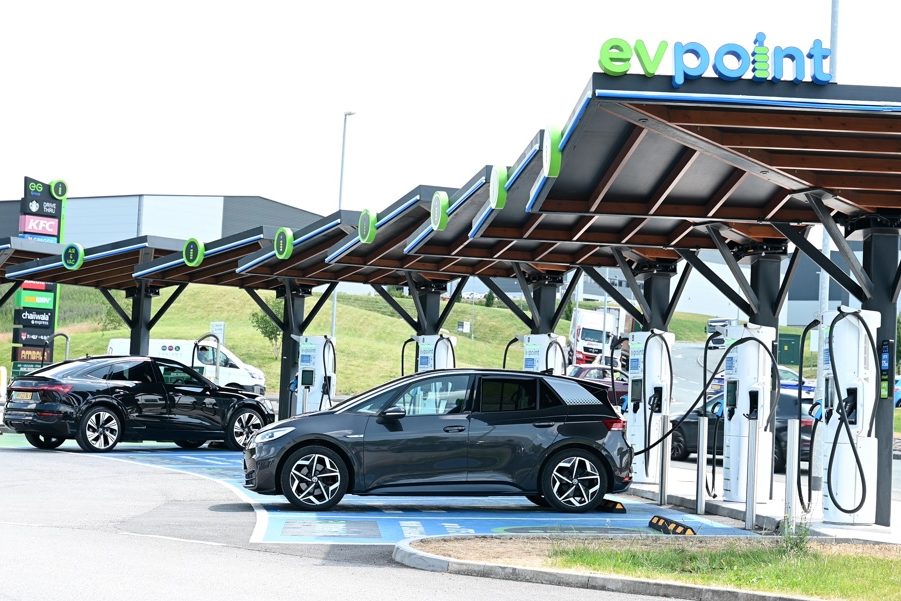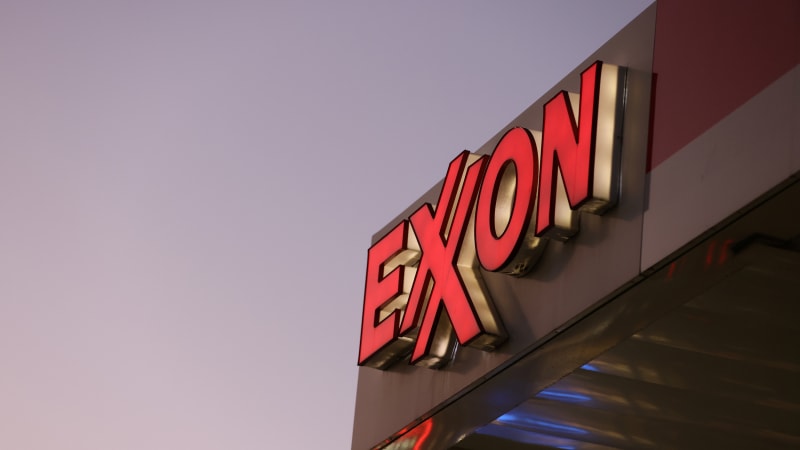Let’s estimate how many Superchargers will be needed in the US and project the needed growth rate of the network to accommodate all cars.
3 x 10^12 miles driven in US per year. Unclear if this number includes non-passenger trucks and buses.
Alternative Fuels Data Center: Maps and Data - Annual Vehicle Miles Traveled in the United States
Assume 80% of all miles are level 2 home/work charged and 20% Supercharger
600,000,000,000 (6 x 10^11 miles per year) for Superchargers
600,000,000,000 miles/365 days = 1.6 x 10^9 miles to Supercharge per day
Assume 200 miles per charge and that each Supercharger stall provides 20 sessions per day (4000 miles/supercharger day) without frequently needing to wait. Currently, Supercharger use is lower across the entire network and this higher assumption use will significantly determine how many will be needed. Interstate geography for travel coverage drives lower Supercharger use early in network rollout but perhaps this will change over time. Faster Superchargers would be expected over time to mitigate potential congestion and allow more charges per day.
1.6 x 10^9 miles/4000 miles per Supercharger per day = 400,000 Supercharger stalls needed in US.
If use is significantly less than 20 sessions/day, then the required number of Superchargers is potentially much higher. One estimate in 2022 was supercharge average of only 5 times per day per stall.
Tesla Reveals Charging Stats: Almost 2 Million Sessions Per Day
Currently, there are ~22,000 US Supercharger stalls so we are talking about ~20X size of the current network to provide Supercharging for 20% of all miles when all cars are EVs. That is about 35% annual growth rate over 10 years. Worldwide supercharger growth is about 33% so that does not sound that crazy. Furthermore, it will take more than ten years to replace ICE fleet so the required rate of growth of Supercharger stalls to avoid congestion may be lower than 35% per year.
Factors potentially leading to underestimate of SuperCharger need:
- Robo taxis (or EV Ubers) increase total miles driven and need for Superchargers. Percent of charges on Superchargers may be higher for these vehicles.
- Fleet efficiency < rated miles charged
- Network needs to be over built to accommodate peak demand for travel. The demand distribution between peak and non-peak travel or holidays is not clear but Tesla has this information.
- Tesla uses free unlimited supercharging in the future to market newer cars and that changes charging behavior away from level 2
- Urban level two charging options do not grow to meet demand and actual percentage of SuperCharging is greater than 20% of the three trillion miles.
- 20 charge sessions per day average per Supercharger stall is not feasible due to preference for most to charge during the day. This is potentially mitigated by variable pricing.
- A short term bolus of third party Supercharger use may locally overwhelm Supercharger capacity during peak travel before Tesla can react to build additional capacity to meet this demand. This is hopefully a short term problem and Tesla has 1-2 years to plan.
- Larger (CyberTruck) or slower charging EVs (non-Tesla) will slow down throughput at Superchargers
Please check my assumptions and math, but it seems that Tesla Supercharger network will be able to broadly grow as fast as needed even if other venders do not step up significantly. Note this calculation excludes any third party level 3 charging infrastructure (non-Tesla).
For comparison, there are just over 100,000 gas stations in the US (number seems to be declining each year but latest I saw was 115K in 2022 compared to almost 200k in 2004). Those 100K+ stations have to cover almost all 3 trillion miles driven. Let’s ignore current EV charging as a rounding error and assume there are 10 pumps per station (I know Buc-ees’ has 120). So that is about 1,000,000 pumps for 3 trillion miles per year or about 3,000,000 miles per pump per year. That is about 8,200 miles per pump per day. Assume 300 miles per fill up, then that is about 27 fill ups per pump per day (more at Buc-ee’s and Costco).

www.teslarati.com





